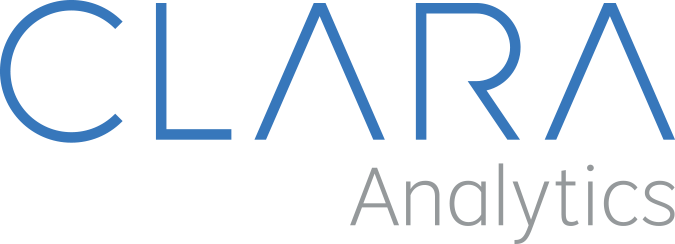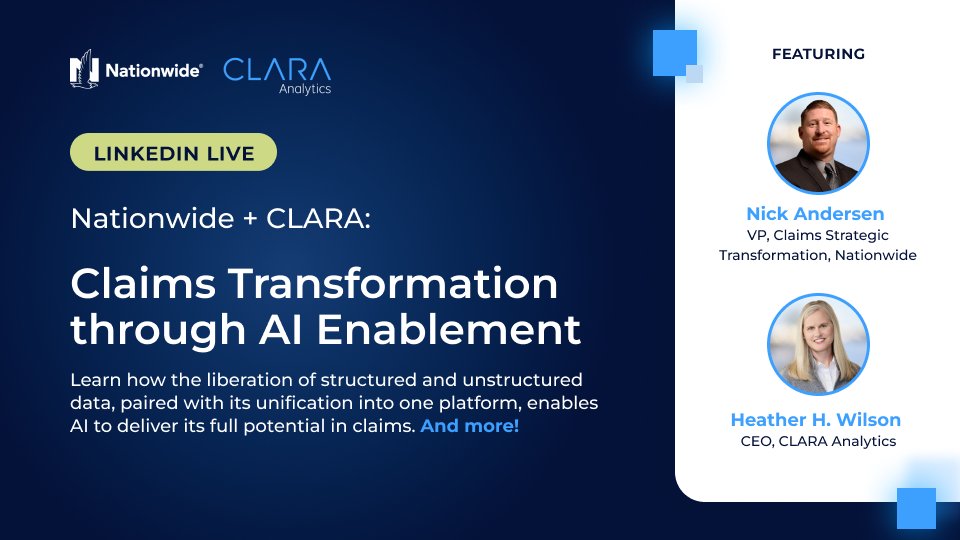A Blueprint for Claim Automation
Much is being written about automating the claim-handling process. It aims to streamline operations, improve customer satisfaction, and reduce operating costs. But how does one approach claim automation? The process can be quite complex, given the multiple touch points in claim handling. Building an effective solution takes more than buying new technology and simply “plugging it in.” Here’s a good blueprint for getting started:
- Identify Needs and Goals: Determine the parts of the claims process that need to be automated and the specific goals to be achieved. This could be reducing manual tasks, speeding up claims processing time, reducing errors, improving customer service, or some combination.
- Process Mapping: Document the existing claims handling process. Identify the steps involved, who does what, and where delays or inefficiencies occur. Look for opportunities to automate manual tasks and reduce redundancies.
- Choose the Right Technology: There are many automation technologies available, including robotic process automation (RPA), artificial intelligence (AI), machine learning (ML), and blockchain. The chosen technology should align with the company’s needs, goals, budget, and technical capabilities.
- Data Preparation: Clean and structure the data for the automated process. This can involve consolidating data from different systems, removing duplicates, correcting errors, and ensuring that data formats are consistent.
- System Development and Integration: Design the automated claims system, ensuring it can integrate with existing systems like the company’s customer relationship management (CRM), policy administration, or data warehouses. This step may involve working with IT staff, consultants, or vendors.
- Pilot Testing: Test the automated process on a small scale before full implementation. This can help identify bugs or issues that may not have been apparent during development.
- Training: Ensure employees understand how to use the new system and are comfortable with the changes. This can involve training sessions, written materials, and ongoing support.
- Full-Scale Implementation: After successful pilot testing and necessary adjustments, roll out the automated process across the organization.
- Monitoring and Continuous Improvement: Regularly monitor the performance of the automated process. Look for issues causing delays or errors and opportunities to make the process even more efficient. Use analytics and feedback from employees and customers to drive continuous improvement.
- Stay Updated: Technologies are constantly evolving, so keeping up with the latest developments is essential. This might mean periodic upgrades or replacements of the system.
We used this blueprint to build CLARA Claims Document Intelligence Pro (Claims DocIntel Pro), formerly CLARA Optics our product that automates medical summary creation, management, and analysis. First, we identified a problem in which AI and automation would provide significant “bang for the buck”: medical summary management. We extensively researched what claim adjusters must do in this process, identifying the major pain points and how AI might help solve them. Then we started experimenting with technologies to create a solution. Finally, we completed the other steps of building, testing, revising, and rolling out the product in a particular way.
Since we’ve already done the hard work, why not give us a call to see how Claims DocIntel Pro can be integrated into your systems and processes. Your adjusters will thank you, and the return you earn on your investment will astound you!
CLARA Analytics improves claims outcomes in commercial insurance with easy-to-use AI-based products. CLARA’s predictive insight gives adjusters “AI superpowers” that help them reduce claim costs and optimize outcomes for the carrier, customer and claimant.
Learn more about our suite of award-winning Augmented Intelligence products>>>




